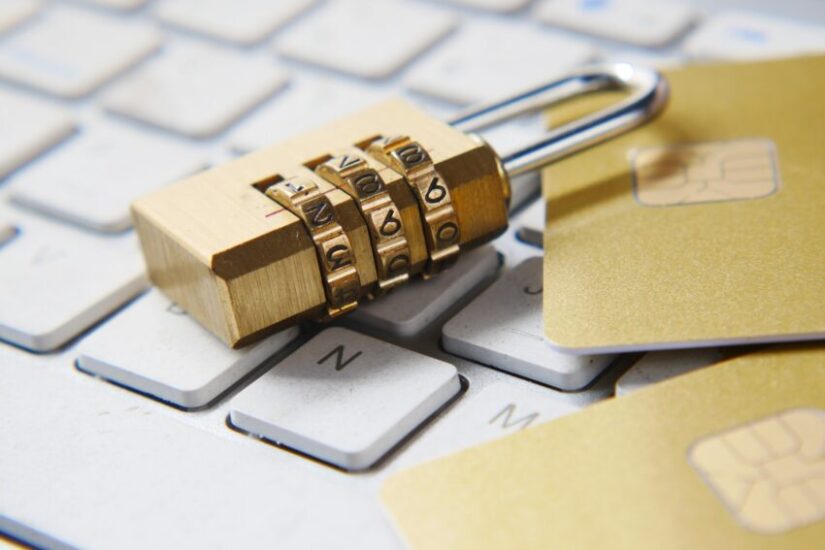
Welcome to the fascinating world of Ethereum, home of thriving non-fungible tokens (NFTs), decentralized apps, and smart contracts. Prioritize your Ethereum wallet’s security as you delve further into this new ecosystem. Think of your wallet as a digital treasure chest full with worthwhile items that are just waiting to be found. However, beware as hidden threats and cyber pirates are constantly at large and ready to seize your wealth. Be at ease! This post will provide you the greatest advice on how to protect your Ethereum wallet while having fun and making the procedure seem like a fascinating treasure hunt.
Key Takeaways:
- Protecting your Ethereum wallet is essential to preventing theft and unauthorized access to your priceless digital assets.
- Some of the best methods for protecting wallet security include using hardware wallets, creating strong passwords, and being watchful for phishing attacks.
- You may confidently engage in the fascinating world of Ethereum while protecting your money by using the advice and techniques in this article.
Uncovering the Vault in the Ethereum Wallet
Similar to a virtual bank account, an Ethereum wallet lets you send, receive, and hold ERC-20 tokens. It has two crucial parts: a private key (like a secret password) and a public key (like an account number). Your private key should be kept secret since it gives access to your wallet and enables you to sign transactions. Your public key is available to everyone and is used to collect payments.
- A virtual bank account called an Ethereum wallet is used to store and manage ERC-20 tokens and Ethereum.
- It consists of a private key that has to be kept safe and a public key that is visible to everyone.
- The private key functions similarly to the treasure chest key.
Putting Up a Stronger Password Fortress
You must put up a password while setting up an Ethereum wallet. Your initial line of protection against prospective attackers is this password. Treat it as though it were a castle’s strong, impregnable gates. Use the advice below to strengthen your password fortress:
- Avoid Common Password Pitfalls: Avoid using obvious passwords, such as “123456” or “password.” Use a combination of capital and lowercase characters, numbers, and symbols to express yourself.
- The longer the better Aim for a minimum of 12 characters because longer passwords are more difficult to decipher.
- Consider using a passphrase with many words to increase its power. Strong and enjoyable to recall, phrases like “PurpleUnicorn$GleamingMoon” are a good example.
The Hardware Wallets
- Physical objects called hardware wallets are made to physically store your Ethereum offline, offering an additional degree of protection.
- They come in a variety of shapes, including smart cards and USB-like gadgets.
- Your private keys are kept apart from the internet via hardware wallets, making them less vulnerable to hacker attempts.
Watch Out for Scam Sirens
Imagine yourself navigating the virtual waters of the internet when suddenly you come across seductive sirens, or phishing websites, that are attempting to lure you into disclosing your login information or secret keys. Beware! These fraudulent websites are cunningly made to look like reliable resources.
- Check the website’s URL twice before entering any important data.
- Be wary of unsolicited emails or texts that want the contents of your wallet.
- When it is feasible, use two-factor authentication (2FA) to offer an additional layer of security against illegal access.
Adding a Backup to Your Treasure Map
Imagine that you’ve navigated your way through the enormous Ethereum environment, finding valuable NFTs and undiscovered treasures. But what if you get lost? Regularly backup your wallet’s private key or recovery seed to guarantee that your trip is unbroken.
- The 3-2-1 Rule states that you should make three backups on various media (such as paper, a USB drive, or encrypted cloud storage), store two of them physically in different places, and carry one around with you as a backup of your backup.
- Test Your Backups: To make sure your backups are correct and functioning, attempt restoring your wallet using the recovery method given before depending on them.
Public Address: Stealth Mode
Your public address is available to everyone in the Ethereum universe, much like your pirate alias is known to other swashbucklers. It’s still preferable to keep some level of anonymity, even though it’s not as critical as your private key.
- On public platforms, avoid using your true name as your public address.
- Use many addresses for various reasons to prevent disclosing your full cache at once.
Final Thoughts
Intrepid Ethereum explorer, congrats! By following the tips you’ve just learned, you can protect your Ethereum wallet against malicious pirates and keep your digital gold safe. It’s important to bear in mind that a strong password is your first line of security, but hardware wallets, awareness of phishing, routine backups, and a dash of stealth will make your Ethereum experiences thrilling and safe. So, secure in your understanding gained thus far, set sail into the captivating world of Ethereum and delight in the trip ahead.
Tech World Times (TWT), a global collective focusing on the latest tech news and trends in blockchain, Fintech, Development & Testing, AI and Startups. If you are looking for the guest post then contact at techworldtimes@gmail.com

